(Image credit: Energea)
Imagine this: You’re out and about, capturing memories with friends, when suddenly your phone dies. Ugh, talk about a buzzkill! But fear not, fellow tech enthusiasts! A portable charger can be your trusty sidekick in these dire situations. Did you know that the average person checks their phone 96 times a day? That’s a lot of battery drain! In this guide, we’ll walk you through everything you need to know to choose the best portable charger for your smartphone in 2024. Let’s power up your knowledge!
Helpfull article:
HOW TO CLEAR CACHE ON IPAD: QUICK AND EASY METHODS FOR 2024
Discover simple steps to clear cache on your iPad, boosting performance and freeing up storage. Learn multiple methods to… Read more
Best latest article:
Table of Contents:
- 01 Understanding Portable Charger Capacity
- 02 Fast Charging Technologies Explained
- 03 Size and Portability Considerations
- 04 Input and Output Ports: What to Look For
- 05 Brand Reliability and Safety Features
- 06 Additional Features Worth Considering
- 07 Price vs. Performance: Getting the Best Value
- 09 HOW TO CHOOSE THE BEST PORTABLE CHARGER: Conclusion
- 10 FAQ’s
Understanding Portable Charger Capacity
When you’re shopping for power banks or battery packs, you’ll often see “mAh” listed in the specs. mAh stands for milliampere-hour, which measures the energy storage capacity of a battery. In simple terms, it’s like the size of a fuel tank – the higher the mAh, the more power it can hold. If you’re always on the go and your phone battery drains quickly, a power bank with a high mAh rating would be a great option. It means you’ll get more charges out of it before it needs to be recharged itself.
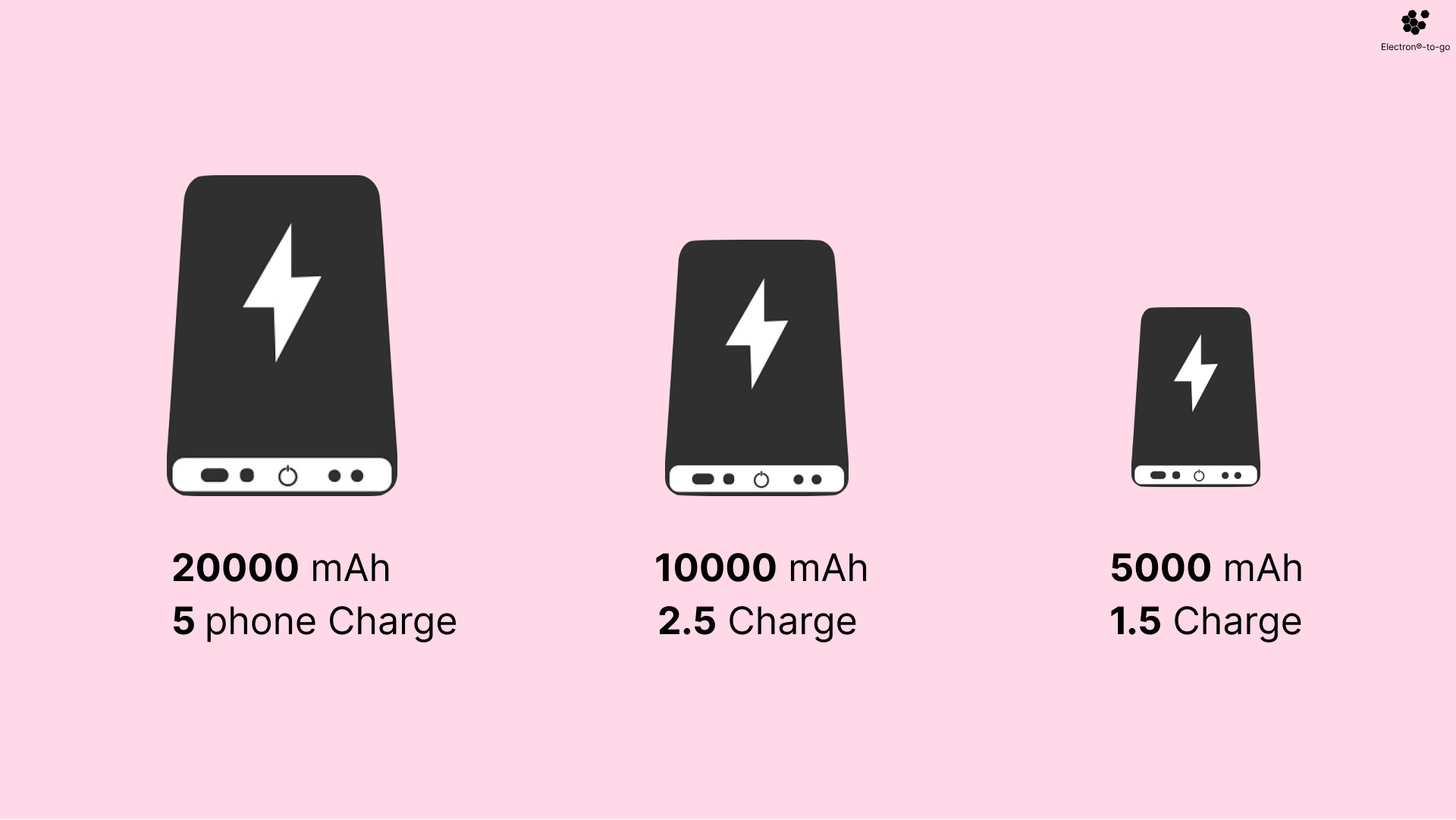
But how much capacity do you actually need? Well, you can calculate this based on your phone’s battery size. For example, if your phone has a 3,000 mAh battery and you want to charge it fully twice, you’d need a power bank with at least 6,000 mAh. Of course, there’s always some energy lost during the transfer, so adding a bit of extra capacity – say, a 7,000 or 8,000 mAh power bank – would be a good idea. This ensures you get the full charges you’re expecting without running out of juice.
Here’s a simple guide to help you calculate the capacity you need:
| Phone Battery Size (mAh) | Power Bank Capacity Needed (mAh) |
|---|---|
| 2,500 mAh | 5,000 – 6,000 mAh |
| 3,000 mAh | 6,000 – 7,000 mAh |
| 4,000 mAh | 8,000 – 10,000 mAh |
| 5,000 mAh | 10,000 – 12,000 mAh |
While it’s tempting to grab the highest capacity power bank out there, there’s a trade-off between power and portability. A 20,000 mAh power bank can give you multiple charges, but it’s also going to be bulky and heavy. If you’re looking for something portable to toss in your bag or pocket, it’s better to balance capacity with convenience. A smaller power bank with around 10,000 mAh might not charge your phone as many times, but it will be lighter and easier to carry around. So, think about how much power you actually need versus how much you’re willing to carry.
Fast Charging Technologies Explained
When it comes to fast charging, two of the most popular technologies are USB Power Delivery (PD) and Quick Charge. USB Power Delivery is a universal standard that works with many devices, allowing for higher power output and faster charging across phones, tablets, and even laptops. Quick Charge, developed by Qualcomm, is often found in Android devices and works by delivering high voltage at low current to charge batteries faster. Both are great, but they’re not always compatible with every device. USB PD is more versatile, while Quick Charge tends to only work with certain phone models.

Matching your phone’s fast charging capabilities with the right charger is crucial. If your phone supports USB PD but you’re using a Quick Charge adapter, you won’t get the fastest charging speed possible. Many newer phones now support USB PD, but some older models might still rely on Quick Charge. To make sure you’re getting the best performance, check your phone’s charging specs. Using the wrong charger won’t damage your phone, but it can slow down charging times significantly, which defeats the whole point of fast charging.
Here’s a quick breakdown of some common fast-charging types:
| Charging Technology | Max Output Power | Compatibility |
|---|---|---|
| USB Power Delivery (PD) | Up to 100W | Universal, works with most devices |
| Quick Charge 4+ | Up to 27W | Primarily Android devices |
| Adaptive Fast Charging | Up to 25W | Samsung devices |
To future-proof your purchase, it’s worth investing in a charger that supports the latest standards. With USB PD becoming more common, especially as more laptops and tablets adopt it, a charger that supports higher wattages could be a smart move. You may also want to look for chargers that support multiple standards. Options like USB PD and Quick Charge ensure you’re covered no matter what device you’re using. This way, your charger will stay relevant as you upgrade your tech, and you won’t need to keep buying new ones every time you get a new phone or gadget.
Size and Portability Considerations
When choosing between pocket-friendly and high-capacity power banks, the trade-off often comes down to size. A pocket-friendly option usually offers around 5,000 to 10,000 mAh, which is enough for one or two full charges of most smartphones. These smaller chargers are lightweight, easy to carry, and perfect for those who need just a quick top-up during the day. On the other hand, high-capacity options – think 20,000 mAh or more – can charge your phone multiple times but tend to be bulkier and harder to slip into a pocket. It’s all about balancing convenience with the amount of power you need.

Weight is another key factor when deciding on a power bank for daily carry. A smaller, 5,000 mAh power bank might weigh only 150 grams, while a 20,000 mAh one could easily tip the scales at 400 grams or more. If you’re constantly on the move, lugging around a heavy power bank can be a hassle. For daily use, something lightweight is ideal, but if you’re heading out for a long trip, the extra weight of a higher capacity power bank might be worth it.
Get all the latest post on through the eyes of a teenager straight in your inbox.
Subscribe to stay updated, it’s free!
Here are some general weight ranges for different capacities (these are generalizations, often the weight of the powerbank can vary a lot between models, brands etc.):
- 5,000 mAh: Around 100-150 grams
- 10,000 mAh: 200-250 grams
- 20,000 mAh: 350-450 grams
The form factor of a power bank is just as important as its capacity or weight. Slim power banks are great for slipping into your pocket or small bag, making them ideal for casual use. However, they might lack the ruggedness you’d want for outdoor adventures. If you’re an outdoorsy type, a rugged power bank is the way to go. These models are bulkier but often waterproof and shock-resistant. This makes them perfect for camping or hiking. For something in the middle, consider compact but durable options that offer a good balance of size, toughness, and portability. So whether you’re looking for slim, rugged, or something in between, there’s a power bank form factor suited for your lifestyle.
Input and Output Ports: What to Look For
When choosing between USB-A and USB-C, the main difference comes down to speed and compatibility. USB-A is the classic, rectangular port you’ve probably used for years. It works fine but doesn’t offer the fastest charging or data transfer speeds. On the other hand, USB-C is the newer, smaller, and reversible port that’s quickly becoming the standard for most devices. It supports faster charging, quicker data transfers, and works with a wider range of gadgets. If you’re using newer tech like a modern smartphone or laptop, a USB-C power bank is the better choice. But if you’ve still got older devices hanging around, having both USB-A and USB-C ports can give you the flexibility to charge anything.
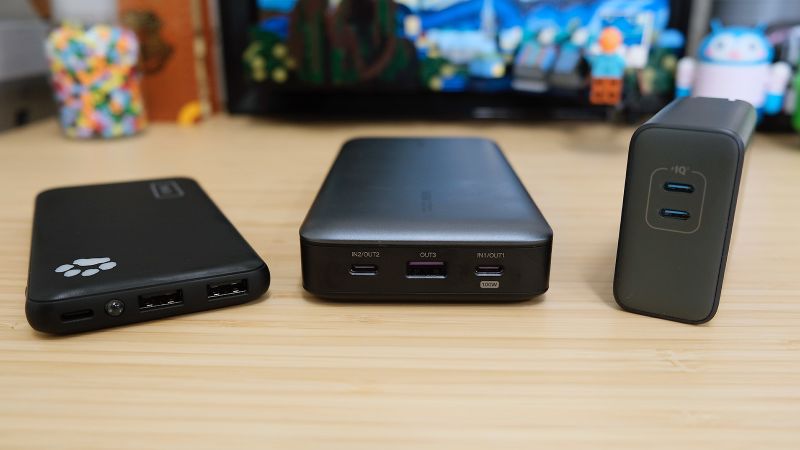
Multiple port options are a real lifesaver if you need to charge several devices at the same time. Imagine needing to charge your phone, wireless earbuds, and a tablet all at once—having just one port won’t cut it. Many power banks now come with multiple ports, including USB-A, USB-C, and even micro-USB, so you can charge all different types of devices. Here’s how you might break it down:
- USB-A: Ideal for older gadgets like headphones or cameras.
- USB-C: Great for newer devices like smartphones, laptops, or tablets.
- Wireless charging: No cable? No problem. Just wack your phone on top if it supports wireless charging.
Speaking of wireless charging, it’s becoming a super popular feature in portable chargers. The best part? No cables are required. If your phone supports wireless charging, you just place it on top of the power bank, and you’re good to go. Some power banks even let you charge one device wirelessly and another via USB at the same time. This way, you can also charge your devices that don’t support wireless charging. Keep in mind, though, that wireless charging can add a little bulk to the power bank, but if you hate messing with cables, it’s a solid trade-off.
Brand Reliability and Safety Features
When it comes to portable chargers, some brands stand out for their quality and reliability. If you’re in the market for a power bank, here are a few top brands known for their exceptional performance & quality:
- Anker: Known for its durability and high-speed charging capabilities, Anker offers a range of power banks with solid build quality and efficient performance.
- Aukey: Known for its innovative features and sleek designs, Aukey’s power banks often come with a variety of ports and quick charging options.
- RAVPower: RAVPower provides reliable and high-capacity power banks that are great for extended trips and heavy usage.
- Zendure: Famous for its rugged and durable power banks, Zendure’s products are designed to withstand rough handling and harsh conditions.
When choosing a portable charger, safety is ofcourse very important. Look for safety certifications to ensure that the power bank meets strict safety standards. Key certifications to keep an eye on include:
- UL Certification: Indicates that the power bank has passed rigorous safety tests for electrical and fire hazards.
- CE Marking: Shows that the product complies with European safety, health, and environmental protection standards.
- FCC Certification: Ensures that the device doesn’t cause harmful interference with other electronic devices.
Built-in protections against overcharging and short circuits are crucial features. They can prevent damage to your devices and ensure safety when using them. Many high-quality power banks come with these safety features:
- Overcharge Protection: Stops charging once your device is fully charged, preventing battery damage and overheating.
- Short Circuit Protection: Automatically shuts down the power bank if a short circuit is detected, protecting both the charger and your devices.
- Temperature Control: Monitors the temperature of the power bank and adjusts charging speeds to avoid overheating.
By paying attention to these features, you can ensure that you’re choosing a portable charger that not only performs well but also keeps your devices safe and secure.
Additional Features Worth Considering
LED indicators and digital displays can be really handy when using a power bank. Most basic chargers come with LED lights that show how much charge is left, usually with a few dots representing different battery levels. It’s simple but effective. However, some higher-end models feature digital displays that show the exact percentage of remaining battery. This gives you a much clearer idea of how much power you have left, so you know when it’s time to recharge your power bank. If you’re someone who prefers more precise information, a digital display can be something to keep in mind while shopping for powerbanks.
Here’s a quick breakdown of the two options:
| Feature | Pros | Cons |
|---|---|---|
| LED Indicators | Simple, easy to read, found on most models | Less precise |
| Digital Display | Exact battery percentage shown | Usually found on more expensive models |
Pass-through charging is a feature that lets you charge your power bank while it’s charging your devices at the same time. This can come in handy when you have limited outlets or in a hurry. You don’t have to wait for the power bank to charge up first before using it to charge your phone. However, not all power banks offer pass-through charging. But if you’re often juggling multiple devices or short on time, it’s a feature worth looking for.
The choice between built-in cables and separate cables depends on your needs. Built-in cables are super convenient since you don’t have to worry about forgetting or losing a cable—it’s attached right to the power bank. These are great for quick, on-the-go charges, especially if you tend to forget to pack your charging accessories. However, separate cables give you more flexibility, allowing you to use different types of cables depending on what device you’re charging. If you’ve got a mix of devices (USB-C, Lightning, etc.), having separate cables might be the better option for you.
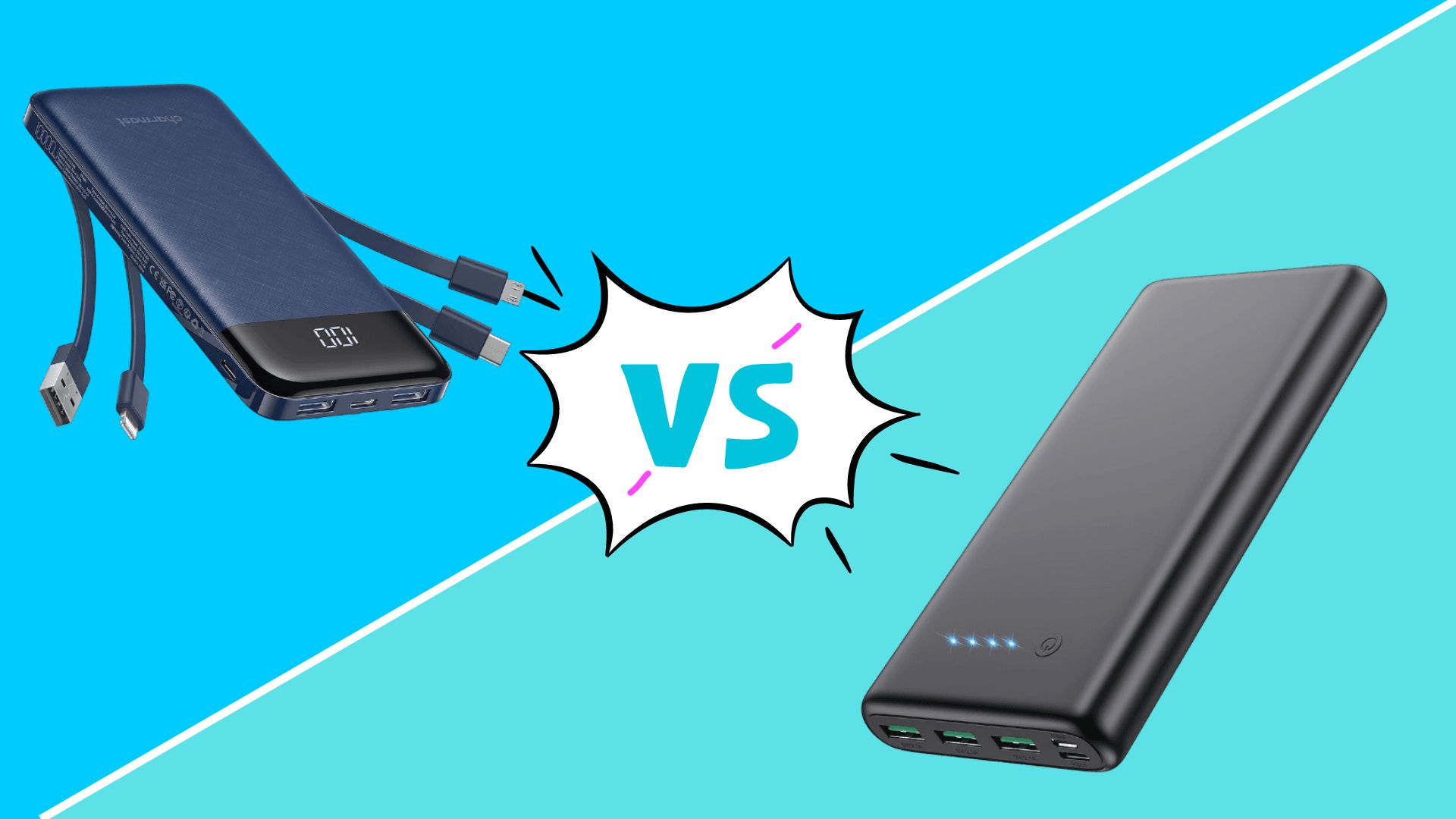
Here’s a quick comparison:
- Built-in Cables: Convenient, no need to carry extra cables, but limited to one type of device.
- Separate Cables: More versatile for different devices, but you’ll need to remember to bring them along.
Price vs. Performance: Getting the Best Value
When it comes to budget-friendly portable chargers, you can find plenty of options that don’t sacrifice quality. You don’t need to spend tons of money to get a reliable power bank that will keep your devices charged. Brands like Anker and Aukey offer affordable models that still deliver solid performance. These chargers typically have capacities of around 5,000 to 10,000 mAh, which is perfect for everyday use. While they may lack advanced features like digital displays or multiple ports, they get the job done without breaking the bank.
Here are some of the best budget-friendly portable chargers:
For the average user, mid-range portable chargers can provide a perfect balance of capacity, features, and price. These chargers often have around 10,000 to 20,000 mAh. This allows you to charge your phone multiple times before needing to recharge the power bank itself. Mid-range models from brands like RAVPower and Mophie often include handy features like USB-C. They also offer pass-through charging, these features make them versatile enough for both daily use and short trips. If you’re looking for a reliable option with some added perks but without going completely overboard, these power banks are your best bet.
Top mid-range portable chargers:
- RAVPower 20,000 mAh Power Bank
- Mophie Powerstation Plus XL 12,000 mAh
- Anker PowerCore 20,000 mAh with PowerIQ
For those who need something a bit more powerful, high-end portable chargers are designed for power users and frequent travelers. These models often have capacities of around 20,000 mAh or more. This capacity allows you to charge not just phones, but laptops and other larger devices. High-end brands like Zendure and Mophie offer features like wireless charging, multiple ports, and even rugged designs for increased durability. These chargers are perfect if you’re constantly on the go and need something that can handle multiple devices and longer trips.
Best high-end portable chargers:
- Zendure A8PD 26,800 mAh
- Mophie Powerstation AC 22,000 mAh
- Anker PowerCore+ 26,800 mAh with USB-C Power Delivery
In summary, if you’re looking for the best portable charger in each category, here are the top picks:
- Best Budget-Friendly Option: The Anker PowerCore Slim 10,000 mAh offers excellent value with a slim design and enough capacity for daily use.
- Best Mid-Range Charger: The RAVPower 20,000 mAh Power Bank balances great capacity, useful features like USB-C, and a reasonable price, making it ideal for the average user.
- Best High-End Charger: For power users and travelers, the Zendure A8PD 26,800 mAh stands out with its massive capacity, multiple ports, and rugged build, perfect for extended trips and multi-device charging.
HOW TO CHOOSE THE BEST PORTABLE CHARGER: Conclusion
Choosing the best portable charger for your smartphone doesn’t have to be a shocking experience! By considering factors like capacity, charging speed, size, and additional features, you’ll be well-equipped to find your perfect power companion. Remember, the best charger is the one that fits your lifestyle and keeps your devices juiced up when you need them most. So go ahead, break free from those pesky wall outlets, and embrace the freedom of portable power. Your future self (and your smartphone) will thank you!
FAQ’s
Charging time varies based on the capacity of the power bank and the charger you’re using. Smaller power banks (around 5,000-10,000 mAh) usually take 3-5 hours, while larger ones (20,000 mAh or more) can take 6-10 hours. Using a fast charger with USB-C or a charger that supports Power Delivery can significantly reduce charging time.
Yes, you can take a portable charger on a plane, but it must be in your carry-on luggage, not checked baggage. Most airlines allow power banks with capacities up to 100Wh (about 27,000 mAh), but it’s always good to double-check with your airline before flying.
Lithium-ion batteries are cheaper and have a higher energy density, meaning they can store more power. Lithium-polymer batteries, while more expensive, are generally lighter, safer, and have a lower risk of leakage. Many high-end power banks use lithium-polymer for better safety and durability.







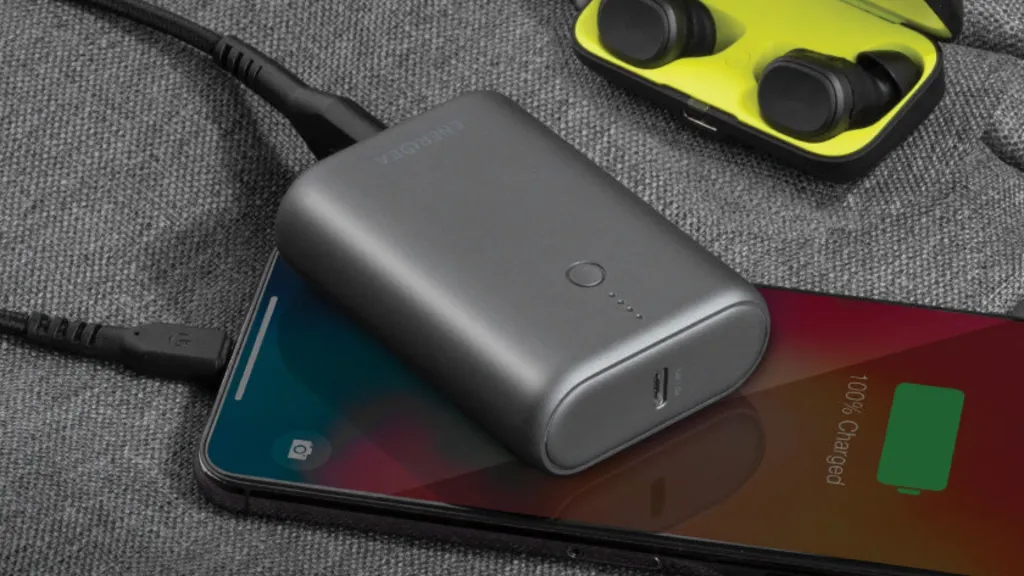
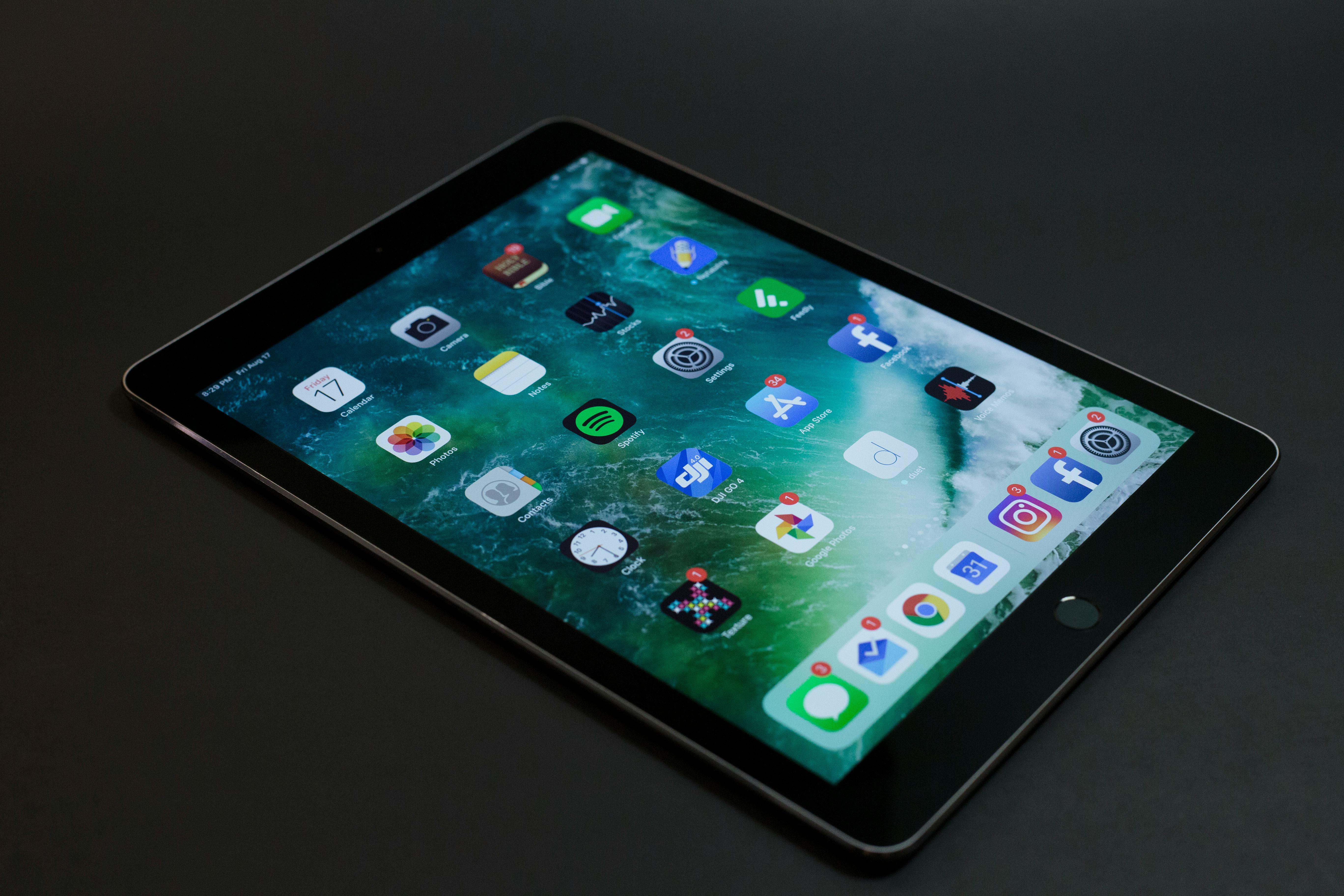

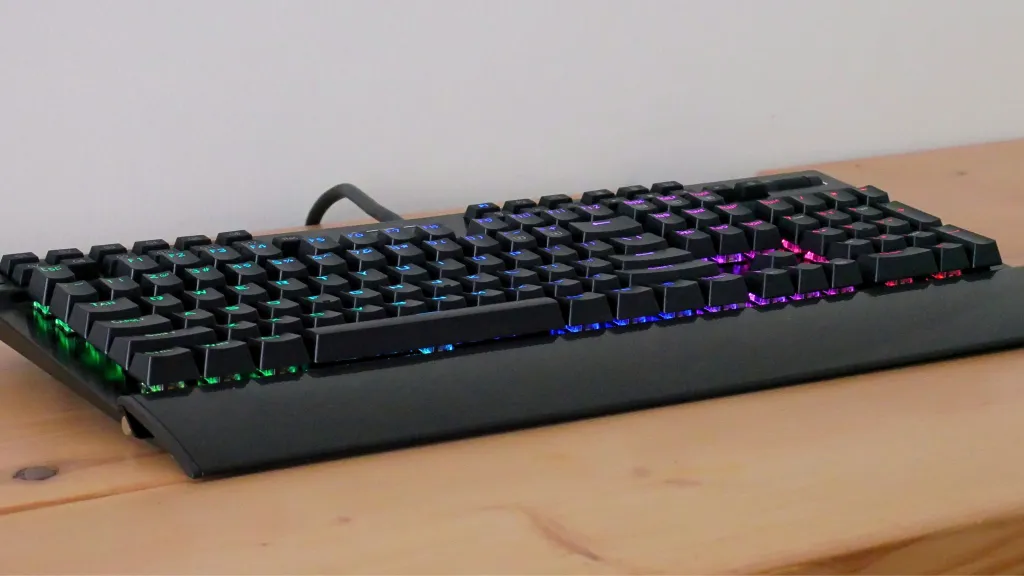
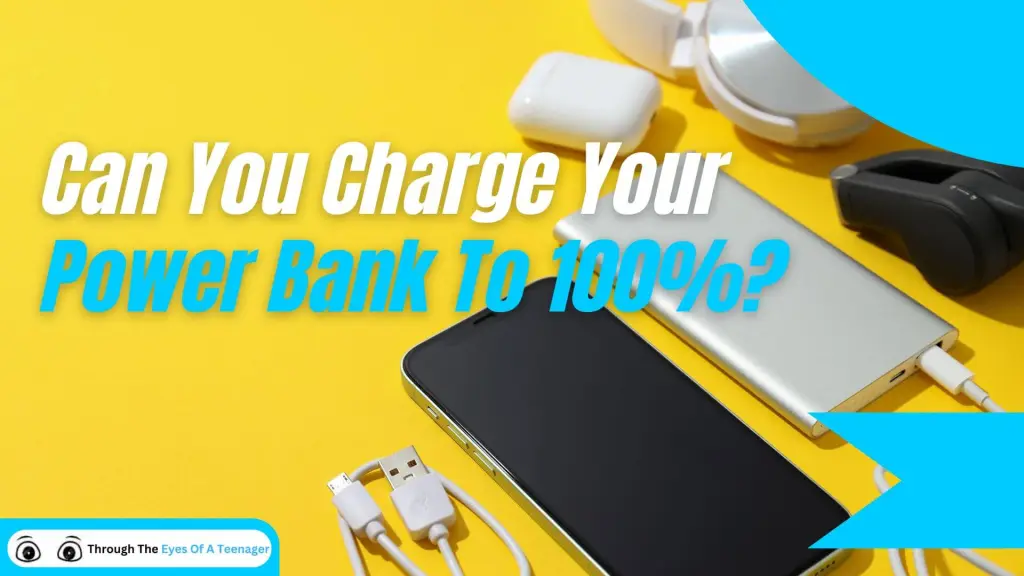
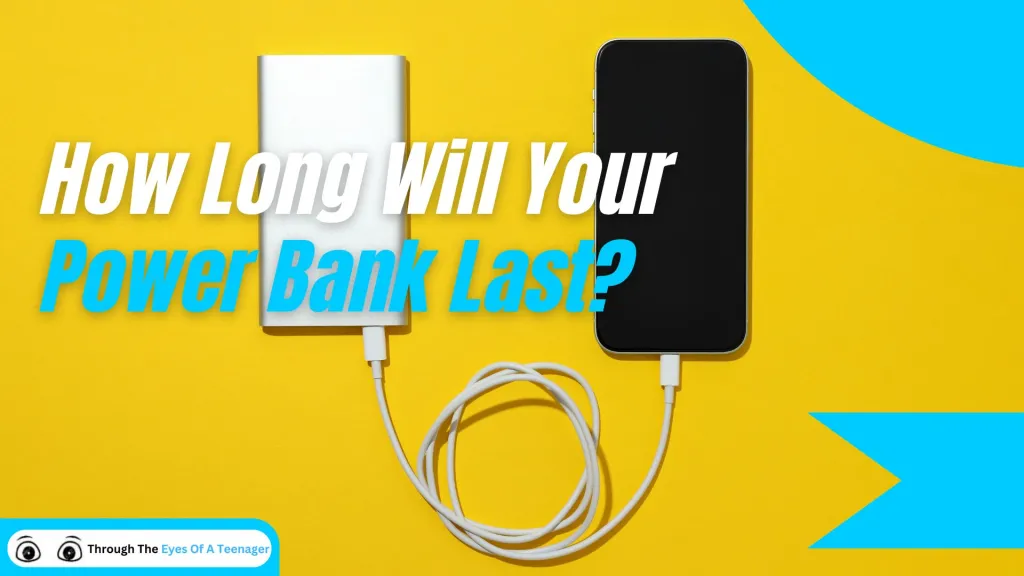
Redragon YAMA K550 Review: Feature-Packed & Affordable
Looking for a premium full-size keyboard under $100? The Redragon YAMA K550 delivers RGB, macros, and serious value.
How Charging Your Power Bank to 100% Can Damage It
Learn why you shouldn’t charge your power bank to 100% and tips on extending your power banks lifespan.
Power Bank Lifespan: How Many Charges Will You Get?
Learn how to make your power bank last 3-5 years with expert tips on usage, storage, and maintenance. Discover the secrets to longer battery life!
Portable Charger Technologies: A Complete Guide to Fast Charging in 2024
Discover the latest portable charger technologies, from USB-PD to GaN charging. Learn which fast-charging standard is best for your devices and how to choose the right power bank.
Can Portable Chargers Overheat? Understanding the Risks and Safety Measures in 2024
Discover the potential risks of portable charger overheating, learn why it happens, and get crucial safety tips to protect your devices and yourself in 2024.